Coral reefs are home to some of the most extraordinary and unusual creatures in the ocean. These vibrant ecosystems are filled with species that have evolved unique adaptations to survive in their complex environments. From camouflaged predators to brilliantly colored animals with surprising abilities, the diversity found in coral reefs is truly remarkable. Here are some of the most fascinating and strange creatures that call these underwater habitats home.
Mantis Shrimp
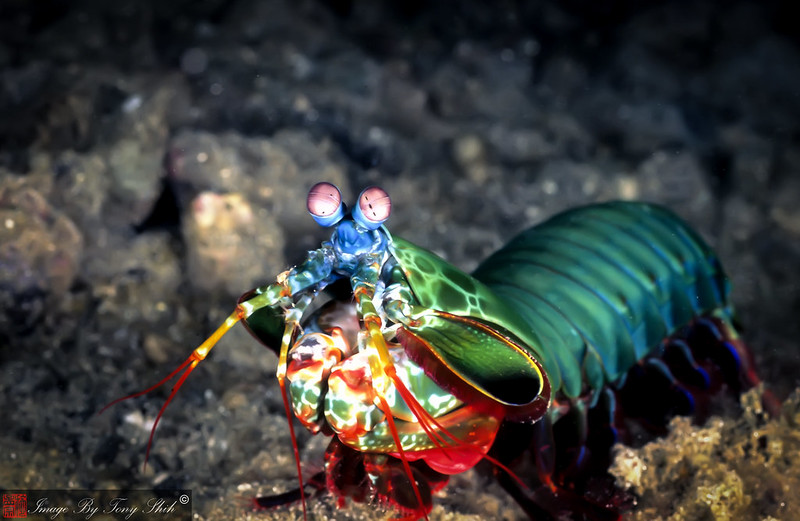
The mantis shrimp is famous for its incredibly powerful claws, which can deliver a punch as fast as a bullet. Found in coral reefs, this colorful creature uses its unique appendages to smash through the shells of prey with immense force. What makes it even more extraordinary is its complex vision, possessing 16 types of color-receptive cones compared to humans’ three. This allows them to see ultraviolet light and polarized light, giving them one of the most advanced visual systems in the animal kingdom. They can also strike with such speed that they create cavitation bubbles, which release extreme heat and light, further amplifying their power.
Leafy Sea Dragon
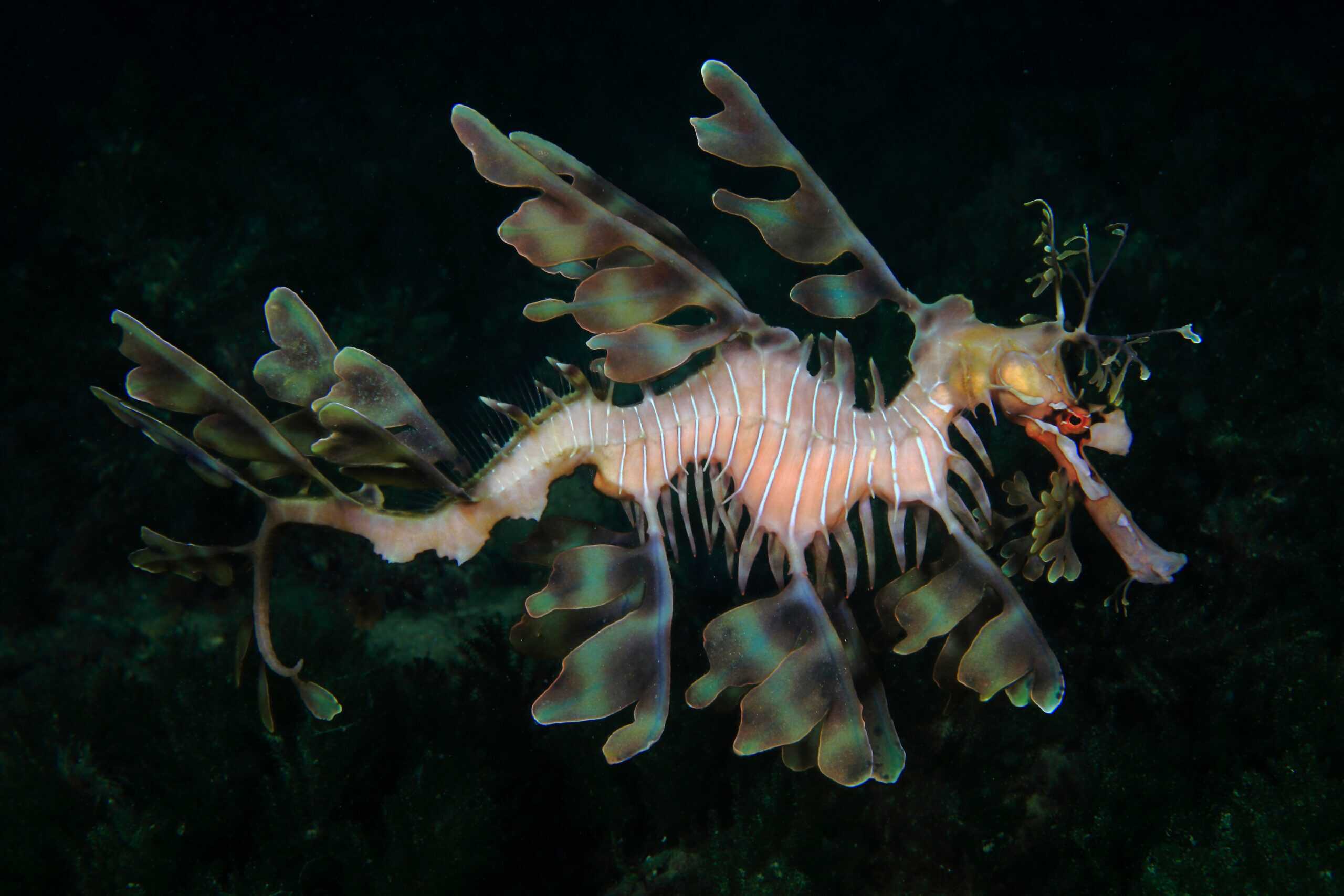
The leafy sea dragon is an extraordinary creature, resembling floating seaweed as it moves through coral reefs. Its camouflage is so perfect that predators often mistake it for plant material rather than prey. Unlike other fish, it has small fins that are almost invisible, making its movement appear like drifting vegetation. What makes this creature strange is its method of reproduction—it’s the males that carry and incubate the eggs until they hatch. They are closely related to seahorses, sharing a similarly slow, graceful style of movement.
Peacock Worm
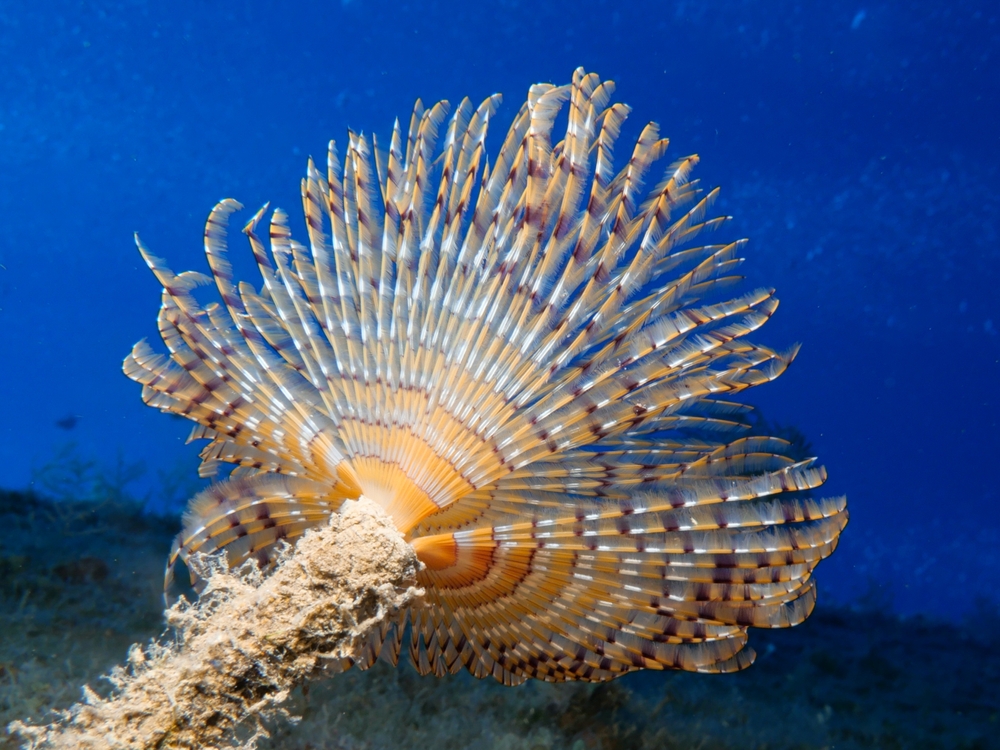
The peacock worm lives in a protective tube that it constructs from sand and shell particles, and it extends a plume of colorful, feather-like tentacles to feed. These tentacles, which resemble a peacock’s tail, are used to filter plankton from the water. One of the strangest things about this creature is its ability to retract its entire body back into its tube at the first sign of danger. Their tube can remain intact for years, serving as a permanent home in the ever-changing reef environment. Its dual adaptation of building its own shelter and having strikingly delicate feeding structures makes it an extraordinary reef resident.
Christmas Tree Worm
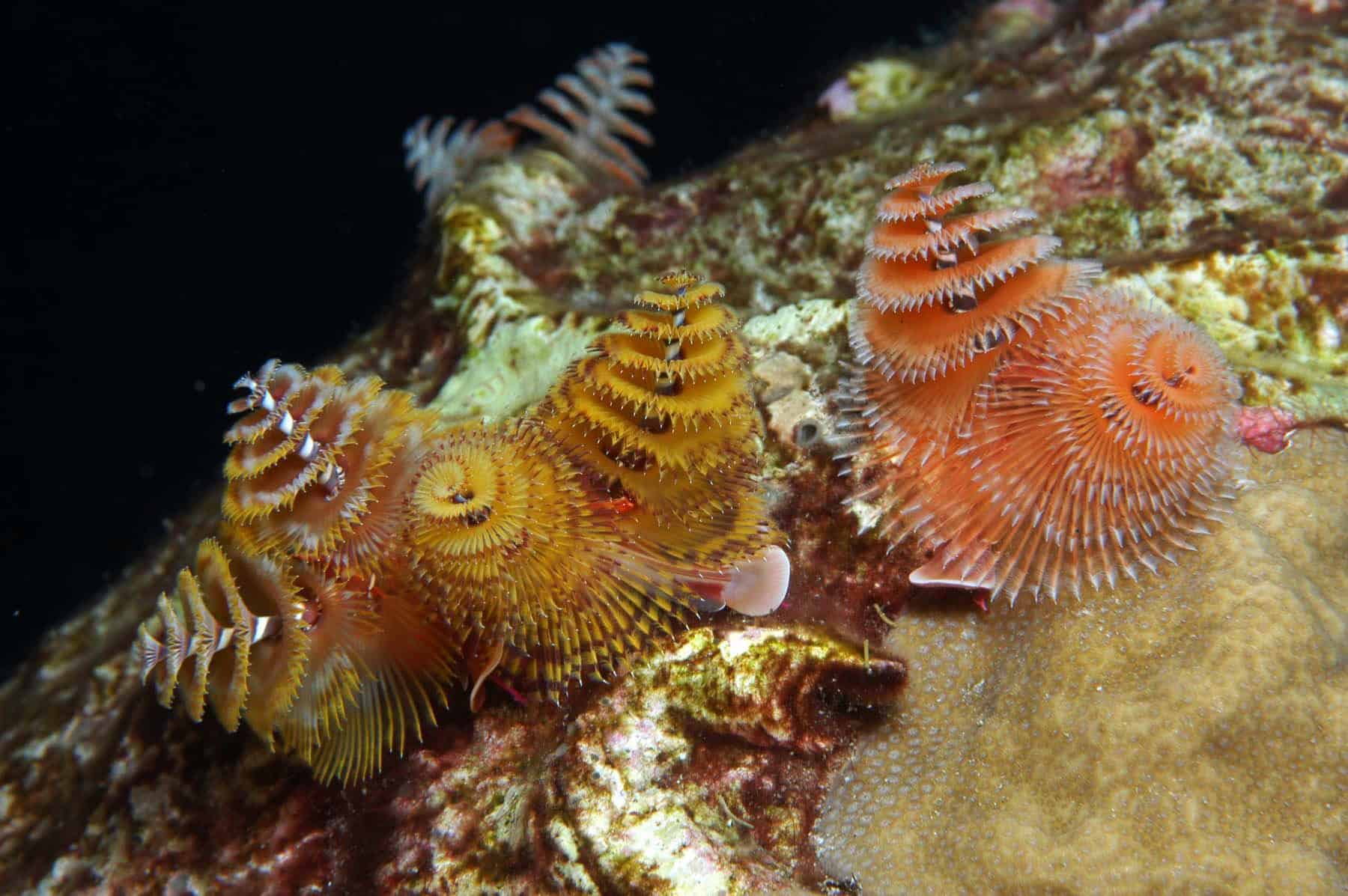
The Christmas tree worm gets its name from its brightly colored, spiraled plumes that resemble miniature Christmas trees. These plumes are actually used for both feeding and respiration, filtering plankton from the water while taking in oxygen. Found on coral heads, this worm burrows into the coral for protection, retracting into its hole when threatened. What makes them strange is the stationary life they lead after burrowing—once inside, they remain in the same spot for the rest of their lives. Despite their static nature, they are vital contributors to the coral’s overall health and structure.
Parrotfish
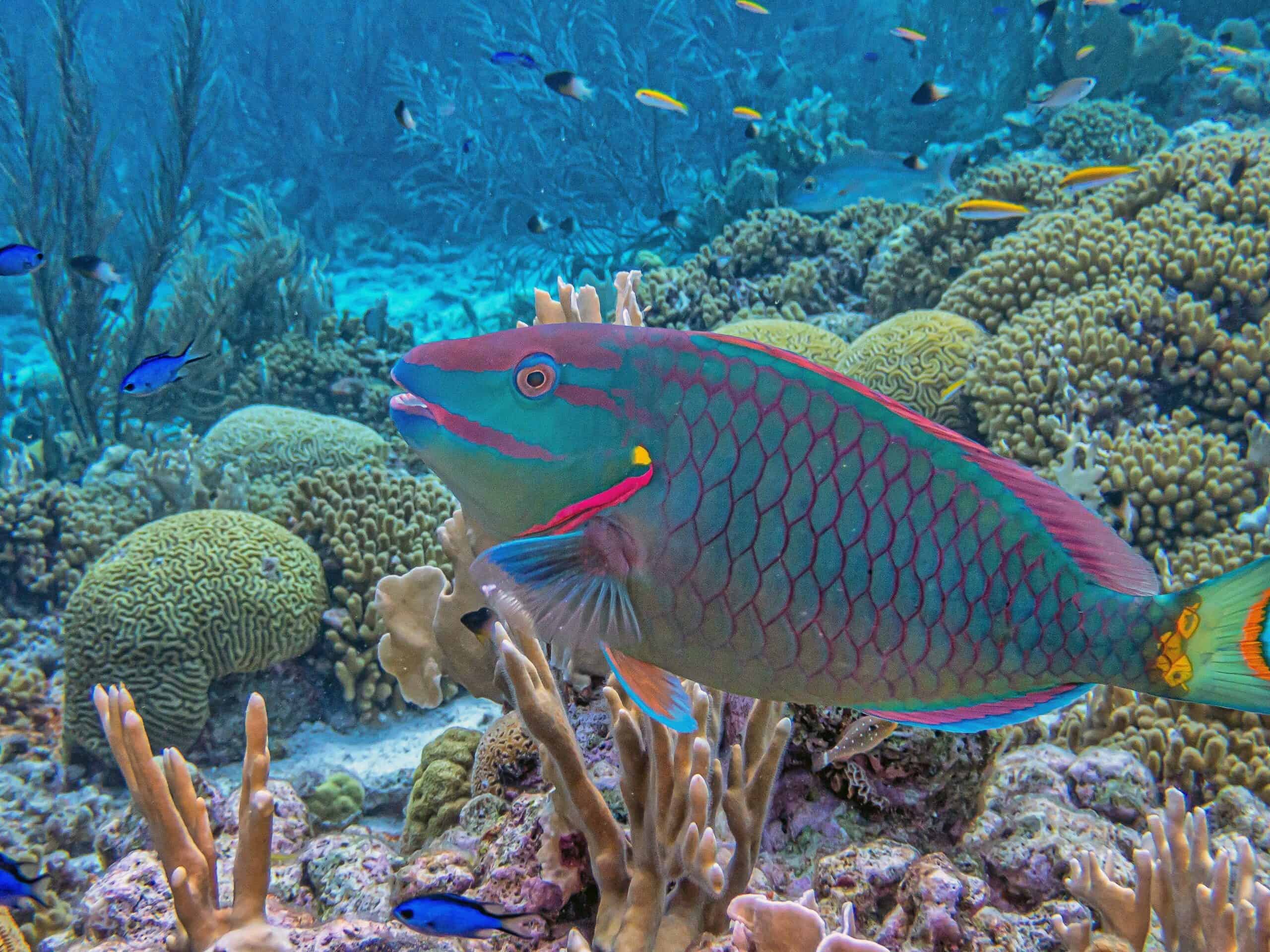
Parrotfish are known for their vividly colored bodies and their unusual feeding habits, as they use their beak-like teeth to scrape algae off coral. In doing so, they contribute significantly to the health of coral reefs by keeping algae levels in check. One of the strangest things about it is their ability to secrete a mucous cocoon at night, which helps mask their scent from predators. Remarkably, the sand you see on tropical beaches often originates from the digestion of coral by parrotfish, highlighting their vital role in shaping their environment. Some species of parrotfish can even change gender during their lifetime, further adding to their fascinating biology.
Frogfish
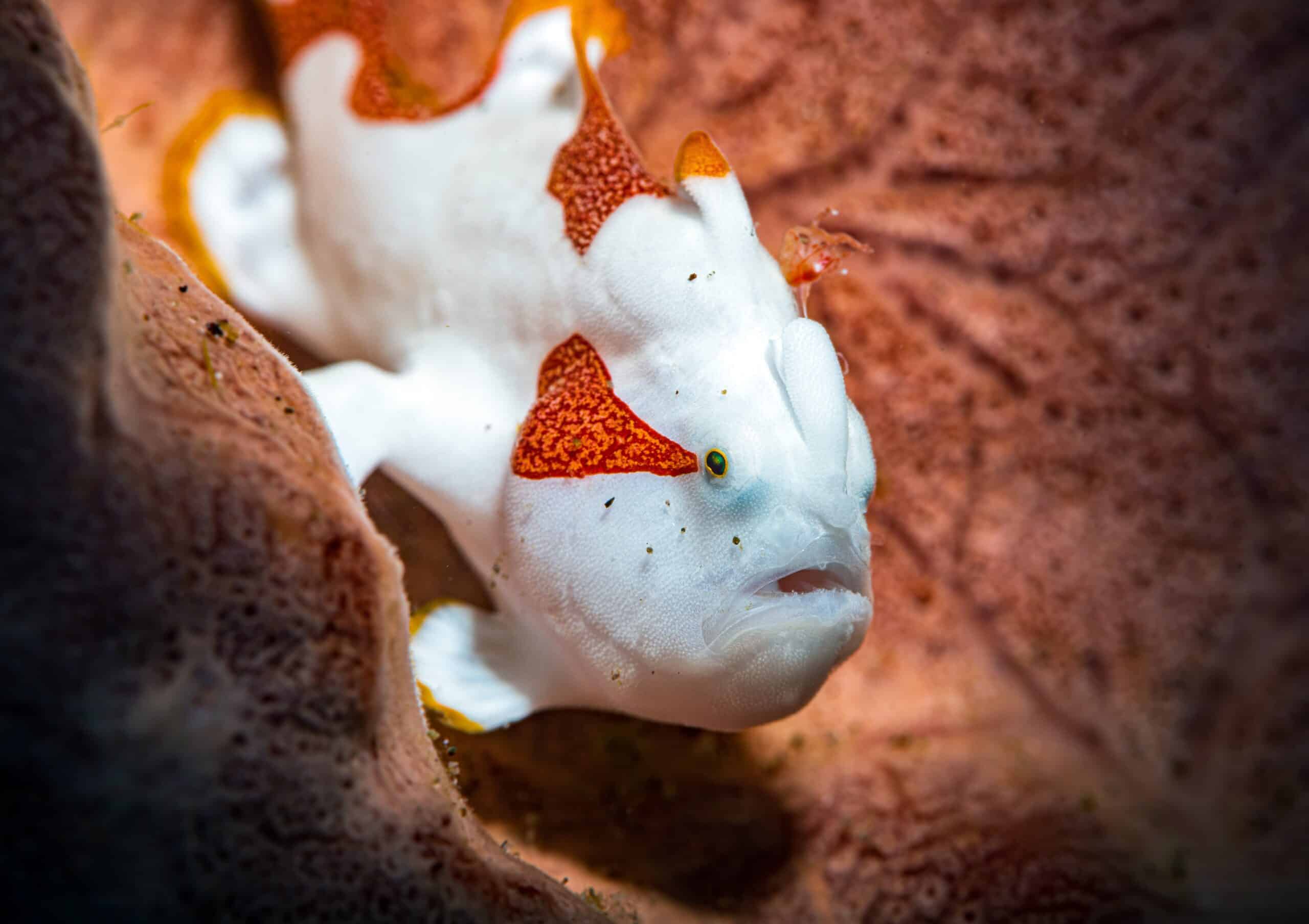
The frogfish is a master of disguise, with the ability to change its color and texture to blend in with its surroundings, including sponges and corals. Its strange appearance, with a large, globular body and warty skin, makes it easy to mistake for part of the reef. What makes it even more extraordinary is its use of a specialized lure, called an esca, to attract prey within striking distance. It can devour prey in just milliseconds, making it one of the fastest predators in coral reefs. It can even “walk” along the seafloor using its modified fins, adding to its bizarre and fascinating nature.
Giant Clam
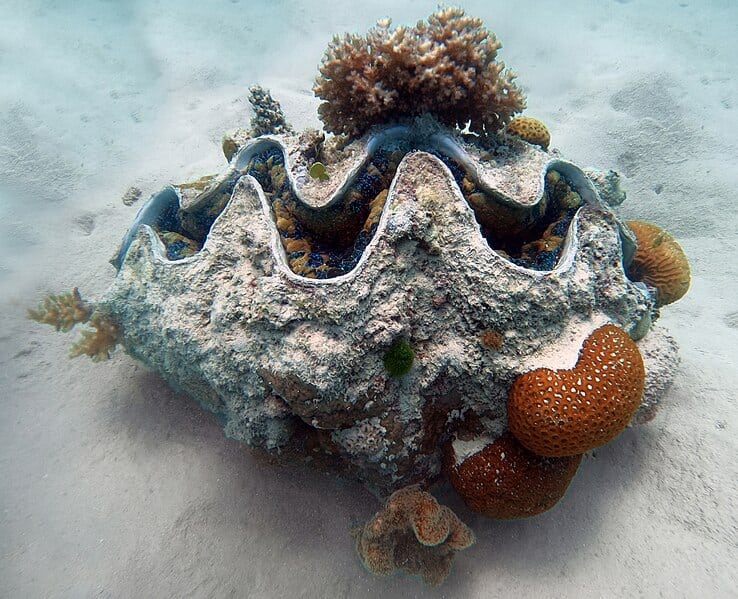
Charles J. Sharp/ Flickr/ Wikimedia Commons
Giant clams are extraordinary not only because of their massive size but also due to their symbiotic relationship with algae. These clams can grow up to 4 feet wide and weigh over 500 pounds, making them one of the largest reef-dwelling creatures. The algae living inside their tissues produce food for them through photosynthesis, and in return, it provides a safe habitat. One strange aspect of giant clams is that they can alter their position to optimize sunlight exposure, even though they’re mostly sedentary. In addition to their role in the reef, they are also vital to local marine ecosystems, providing shelter for smaller species.
Fire Urchin
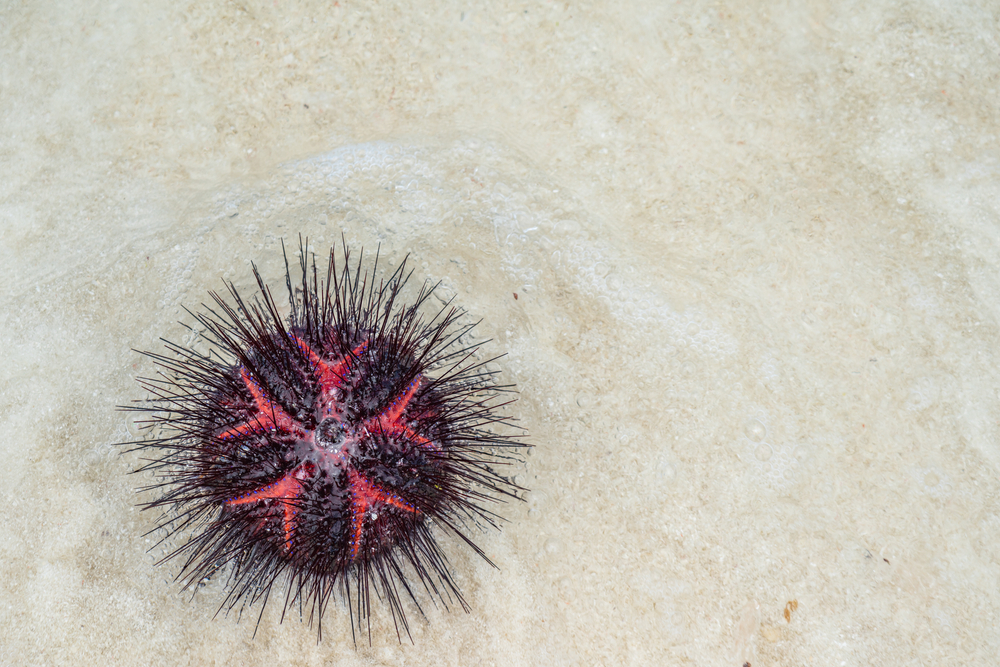
The fire urchin is both visually striking and dangerous, covered in vibrant, venomous spines that can cause intense pain if touched. Found in coral reefs, this creature uses its spines to ward off predators while slowly moving across the reef. What makes it strange is its partnership with other species, such as the commensal shrimp and crab, which live among its spines for protection. These animals benefit from the urchin’s venomous defenses without being harmed themselves. Despite its deadly spines, it serves an important role in maintaining the balance of the reef ecosystem by controlling algae growth.
Blue Dragon Sea Slug
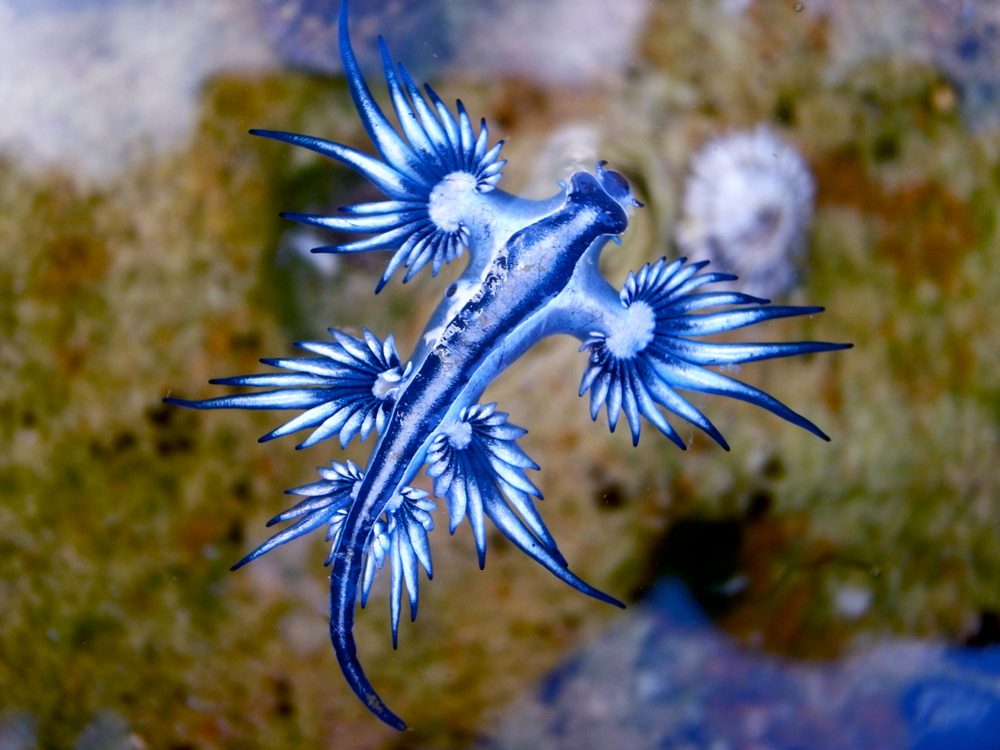
The blue dragon sea slug is a rare and beautiful creature that drifts through the ocean’s surface, occasionally ending up in coral reefs. Their striking blue and silver coloration is a warning to predators, and they can feed on venomous creatures like the Portuguese man o’ war and store its venom for their own defense. What makes this creature strange is its upside-down swimming behavior and its ability to survive by eating one of the ocean’s most dangerous creatures. The blue dragon sea slug can also float by trapping air bubbles in its stomach, allowing it to remain buoyant near the ocean surface. It also engages in cannibalistic behavior, sometimes feeding on other blue dragons when food sources are scarce.
Napoleon Wrasse
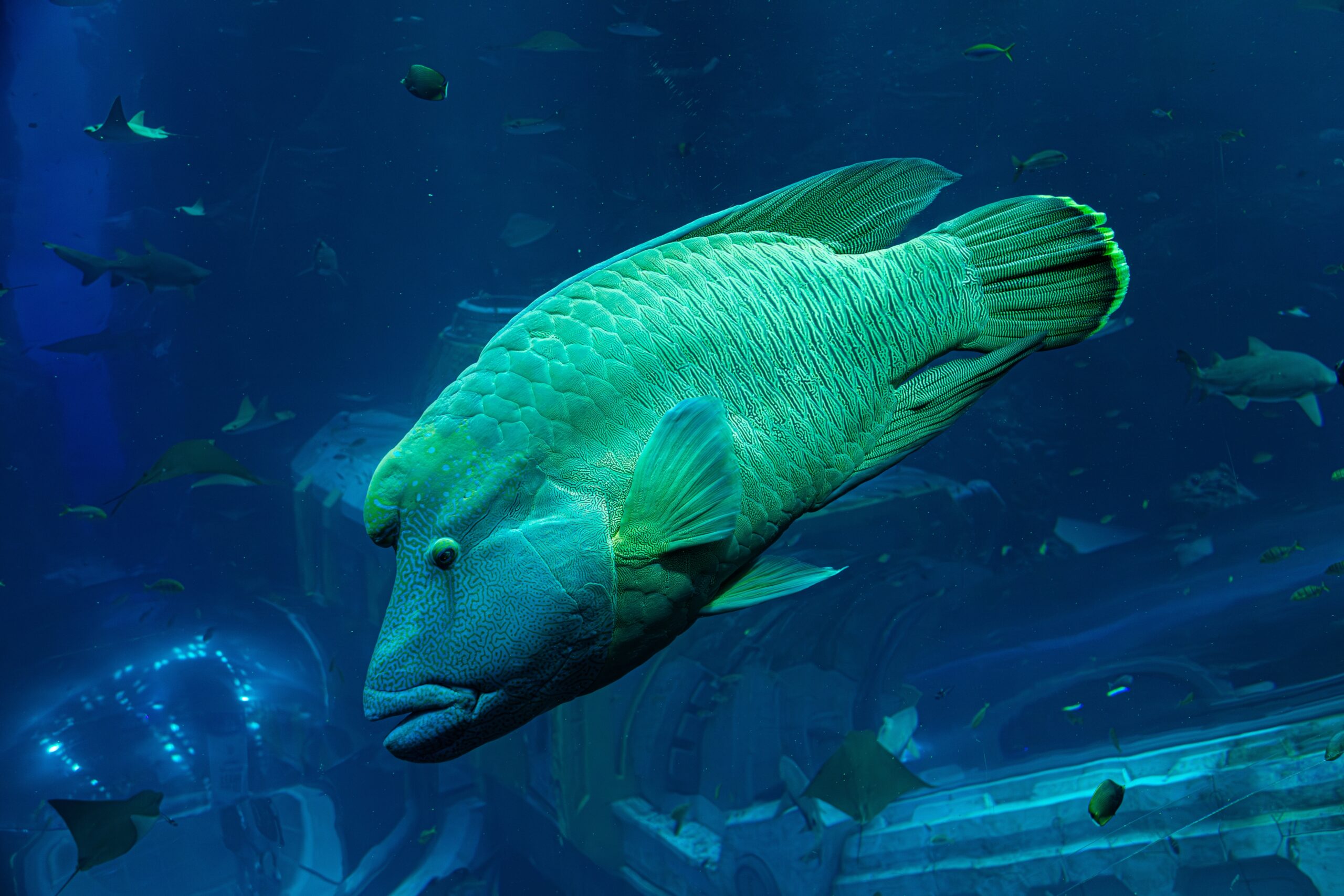
The Napoleon wrasse is a large and colorful fish known for its hump-shaped forehead and vivid blue, green, and yellow markings. Found in coral reefs, these can grow up to 6 feet long and weigh up to 400 pounds. One of the strangest things about it is its ability to change sex; some females will transition into males during their lifetime. Their importance in maintaining reef ecosystems further enhances their status as extraordinary creatures, as they help control populations of harmful species like the crown-of-thorns starfish. Unfortunately, they are also a vulnerable species due to overfishing and habitat destruction.
Ribbon Eel
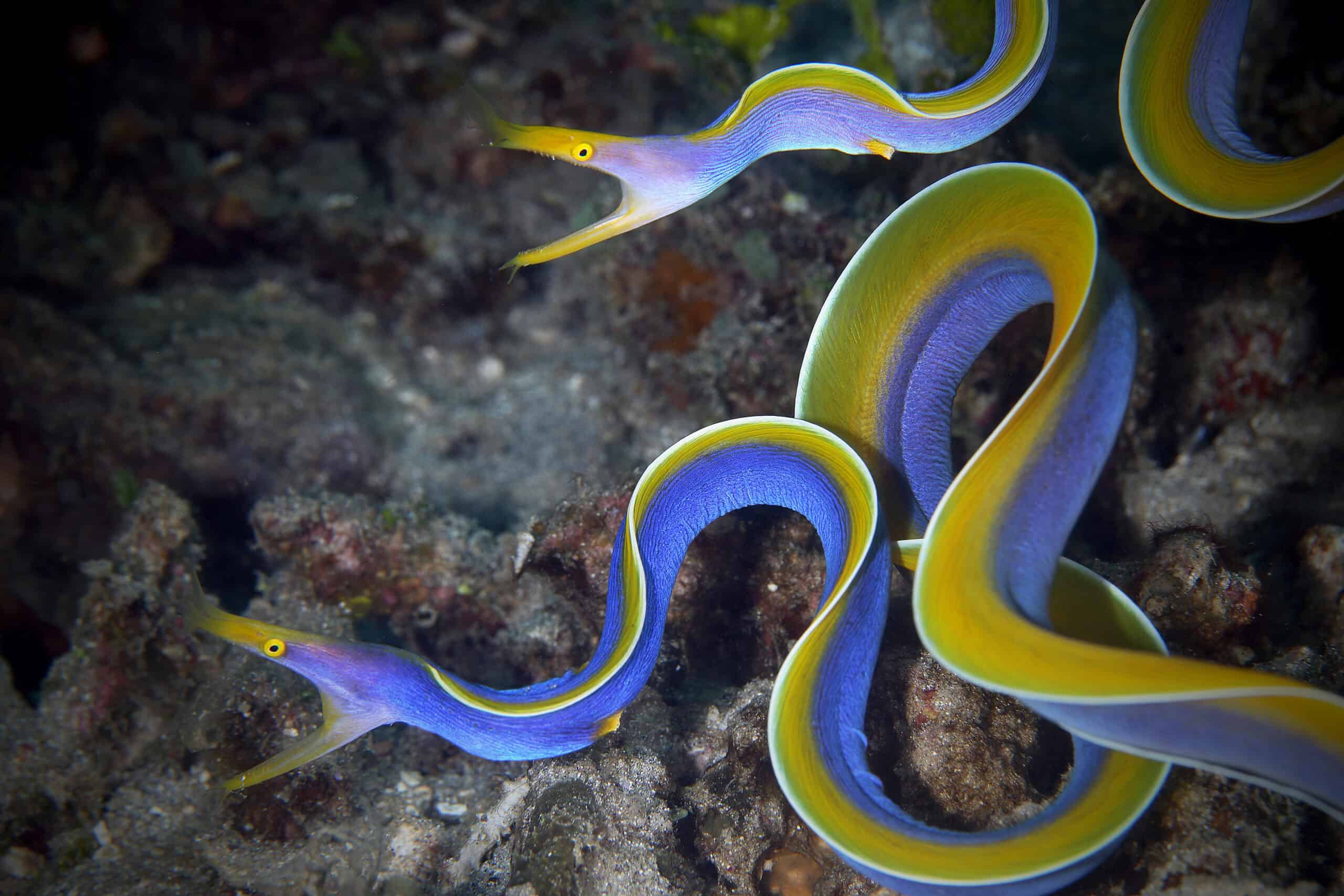
The ribbon eel is a highly distinctive species found in coral reefs, with a body that resembles a long, colorful ribbon. What makes it truly extraordinary is its transformation throughout its life—starting as a male, it transitions to a female as it matures. They are known for their electric blue and bright yellow colors, which make them stand out in the reef. They have elongated, narrow jaws and tend to remain partially hidden in crevices, ambushing prey. Despite its eel-like appearance, it’s more closely related to other fish than true eels, adding to its unique appeal.
Spotted Eagle Ray
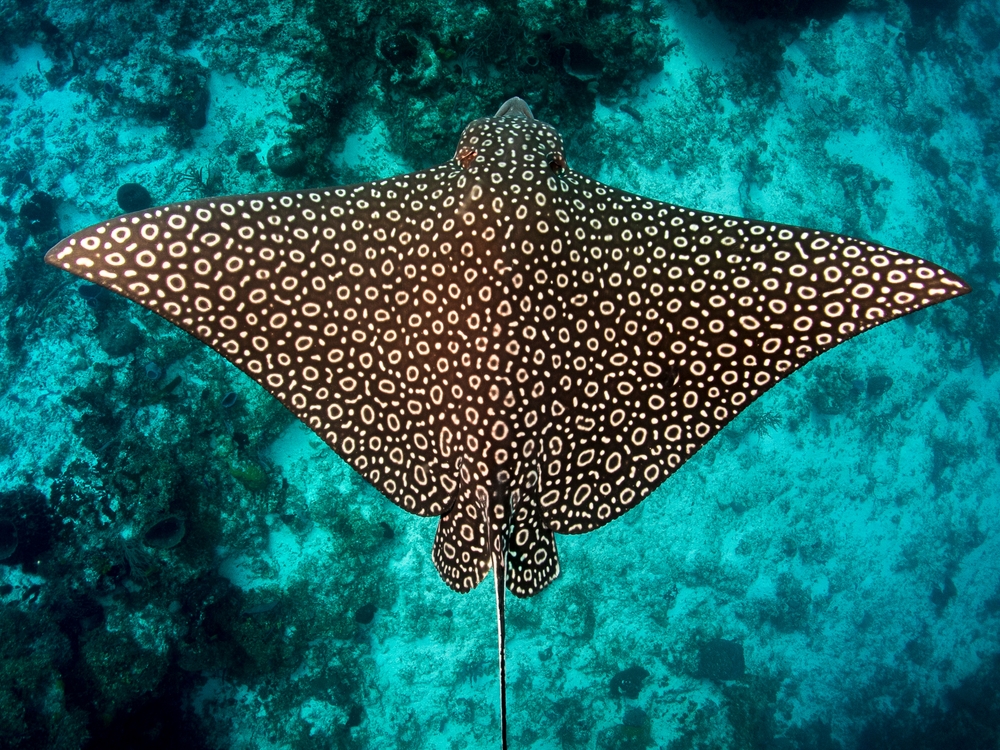
The spotted eagle ray is a graceful swimmer that glides effortlessly through coral reefs with its wide, spotted wings. Its body is covered in white spots against a dark background, creating a stunning visual contrast. What makes this ray extraordinary is its ability to leap completely out of the water, a behavior that remains a mystery to scientists. It also has a pointed snout that allows it to dig into the sand for mollusks and crustaceans, using its flat, crushing teeth to break open hard shells. Despite its serene appearance, the spotted eagle ray is a skilled hunter, known for its precision when capturing prey. These can grow impressively large, with a wingspan reaching up to 10 feet, adding to their majestic presence in the reef.
Feather Star
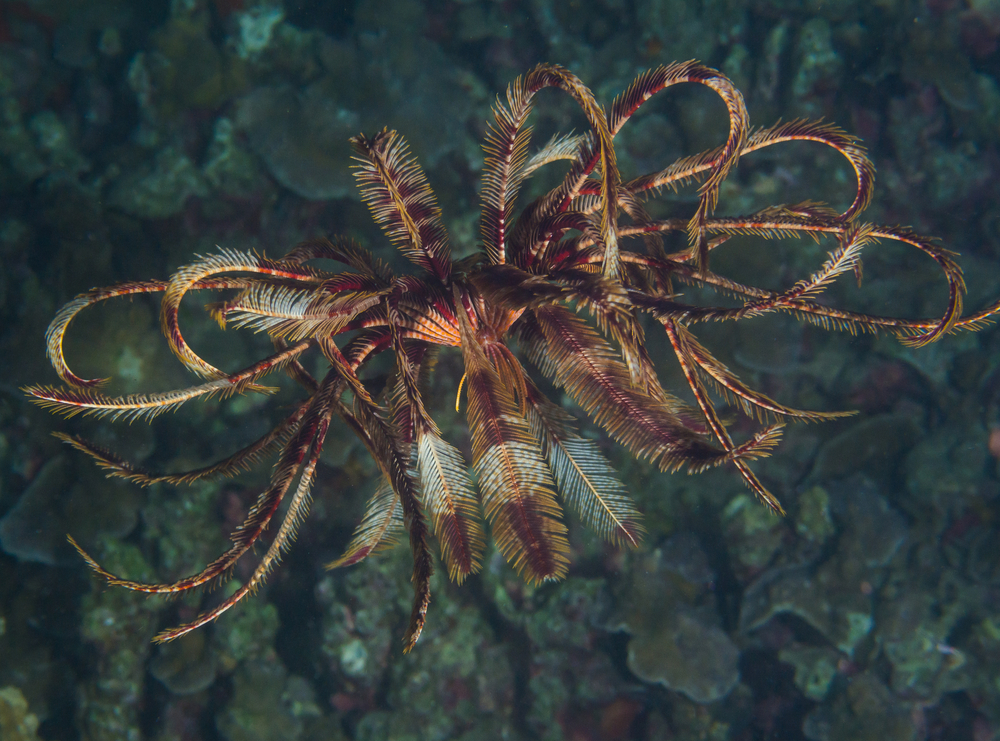
The feather star is an unusual coral reef inhabitant that uses its feathery arms to filter feed on plankton. These arms, which can number up to 200, wave gracefully through the water as the creature remains anchored to the reef. What makes it strange is its ability to swim by undulating its arms when it needs to relocate, despite appearing to be a stationary organism. They can even regenerate lost arms, enhancing their resilience in the dynamic reef environment. Their delicate appearance hides a strong survival instinct, making them well-adapted to life in ever-changing coral ecosystems.
Box Jellyfish
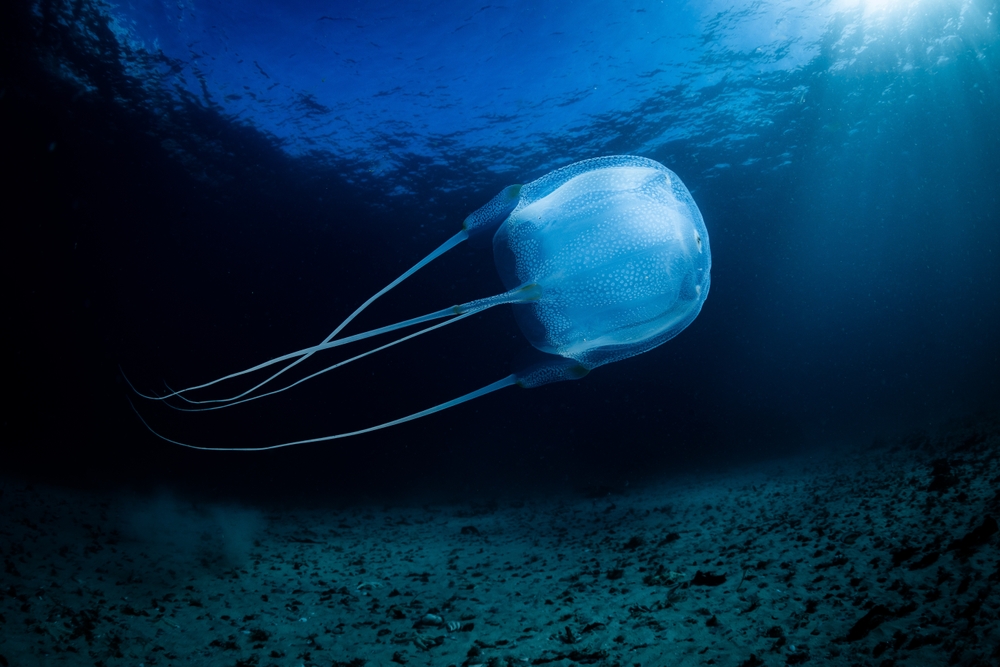
The box jellyfish is both beautiful and deadly, with a cube-shaped bell and tentacles that can deliver a venomous sting capable of causing heart failure. Found in coral reefs and coastal waters, these creatures are transparent and often difficult to spot, making them even more dangerous. Despite this, its venom has been studied for potential medical uses, including treatments for chronic pain and cardiovascular diseases. Another thing that makes it extraordinary is its advanced nervous system, which allows it to actively hunt prey, unlike most jellyfish that simply drift. It also has clusters of eyes that help it navigate through the water with surprising precision.
Crown-of-Thorns Starfish
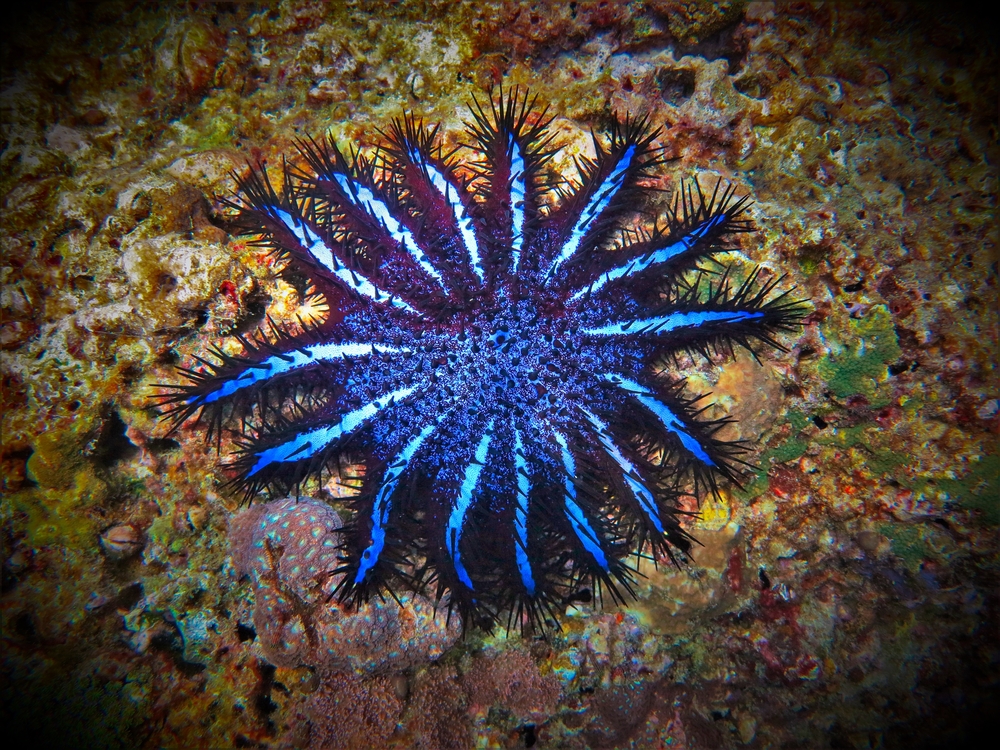
The crown-of-thorns starfish is named for its venomous, spiky arms that resemble a crown of thorns. These starfish are unique because of their ability to consume vast amounts of coral, often leading to reef damage if their population becomes too large. What makes them strange is their regenerative abilities—they can regrow lost arms, making them highly resilient. Despite their destructive feeding habits, they play a natural role in reef ecosystems by preventing any one species of coral from dominating. Surprisingly, their population booms are often triggered by human activity, such as nutrient runoff, which can disrupt the delicate balance of the reef ecosystem.
This article originally appeared on Rarest.org.
More from Rarest.org
17 Coveted Fine China Brands for Elegant Dining

Fine china is more than just tableware; it’s a symbol of elegance and timeless beauty. When it comes to dining, choosing the right brand can elevate any occasion. Read More.
16 Unique Marine Creatures Found in the Deepest Oceans
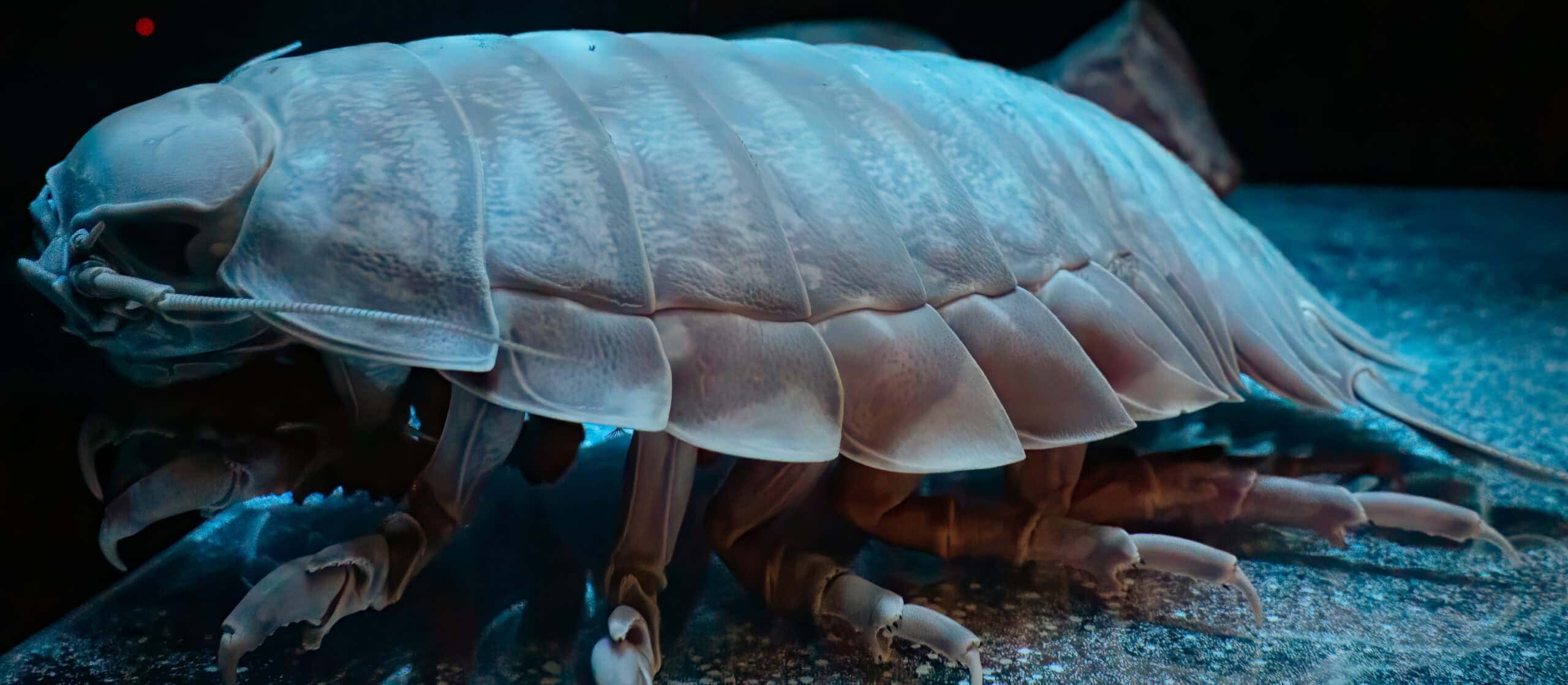
The deep ocean is one of the most mysterious and unexplored places on Earth, home to a fascinating array of marine creatures that have adapted to survive in its extreme conditions. From the eerie glow of bioluminescent fish to the ancient, armor-like shells of deep-sea crabs, these creatures are as unique as they are remarkable. Read More.
13 Unique Ecosystems Sustained by Unusual Plant Life
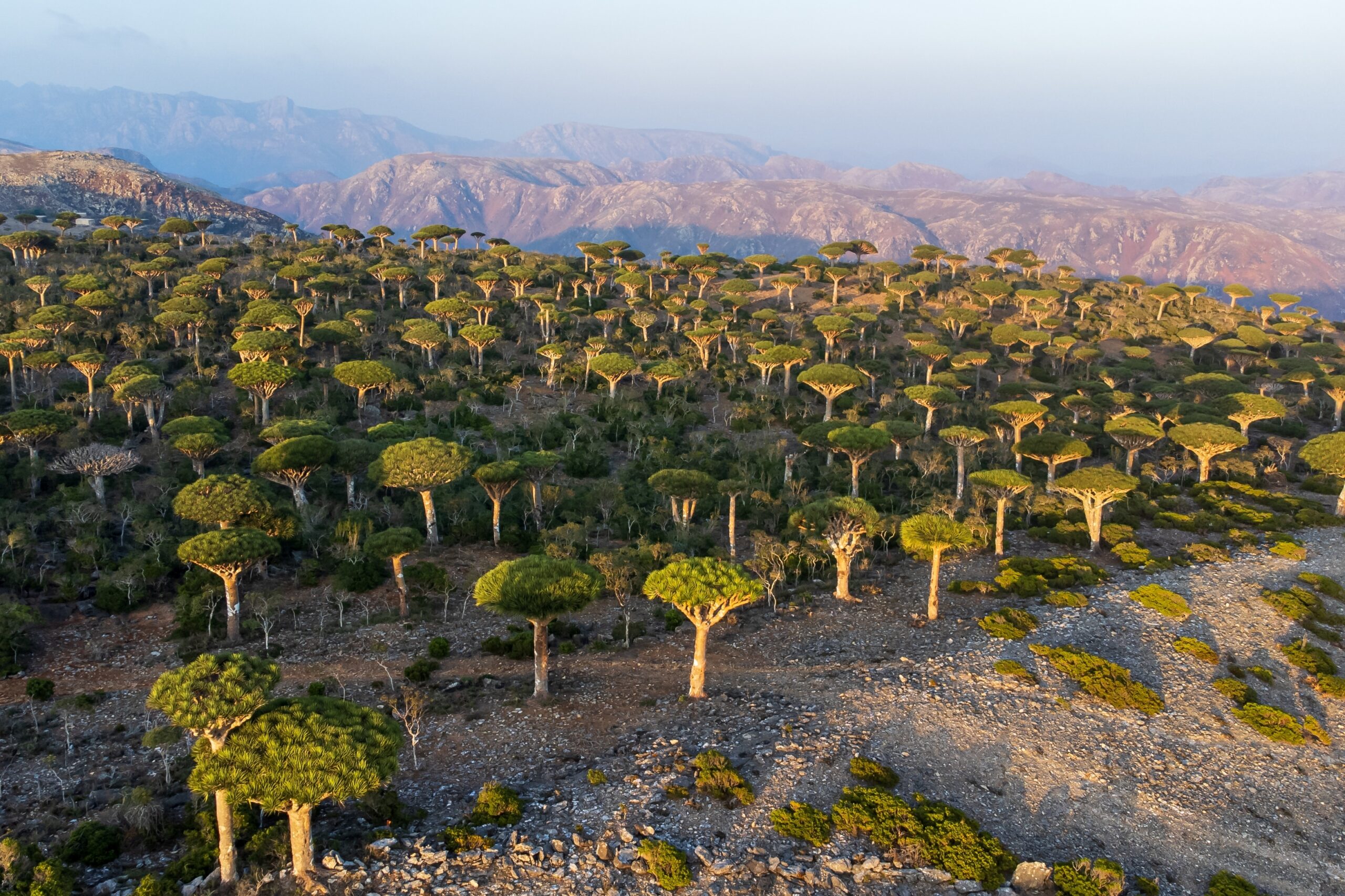
Unique ecosystems flourish around the world, sustained by rare and fascinating plant life. These environments often adapt to extreme conditions, creating a delicate balance that supports life in unexpected ways. Read More.
